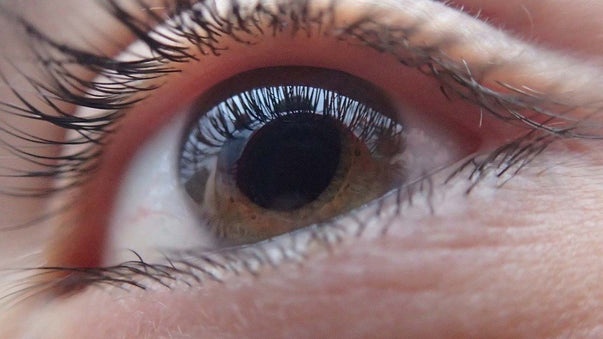The Horvath Clock Measures Epigenetic Aging

Aging researcher and geneticist Steve Horvath is a professor at UC Los Angeles. He's known for developing the Horvath aging clock. The clock is a highly accurate molecular biomarker of aging.
A Nature commentary explains that “Horvath's clock emerges from epigenetics, the study of chemical and structural modifications made to the genome that do not alter the DNA sequence but that are passed along as cells divide and can influence how genes are expressed.”
“I developed a multi-tissue predictor of age that allows one to estimate the DNA methylation age of most tissues and cell types,” said Horvath in a 2013 paper published in Genome Biology. “I propose that DNA methylation age measures the cumulative effect of an epigenetic maintenance system. This novel epigenetic clock can be used to address a host of questions in developmental biology, cancer and aging research.”
A 2013 press release issued by UC Los Angeles explains that DNA methylation is a chemical modification of one of the four building blocks that make up our DNA. Horvath analyzed more than one hundred sets of data collected previously by researchers who had studied methylation in both healthy and cancerous human tissue, with thousands of samples of many types of tissue and cells taken from all over the body.
Horvath charted how age affects DNA methylation levels from pre-birth through old age. His age predictor is based on hundreds of markers linked to methylation that change with age and are present throughout the body. Horvath tested the age predictor by comparing the biological age to the chronological age of tissues, and found that the age predictor is remarkably accurate.
"It's surprising that one could develop a predictive tool that reliably keeps time across the human anatomy," said Horvath. "My approach really compared apples and oranges, or in this case, very different parts of the body - including brain, heart, lungs, liver, kidney and cartilage."
An interesting application of the clock targets the detection of “age acceleration.” This acceleration reflects discrepancies between a person's epigenetic and chronological ages, either overall or in one particular part of their body. For example, healthy breast tissue “is about two to three years older than the rest of a woman's body," said Horvath. But if a woman has breast cancer, “the healthy tissue next to the tumor is an average of 12 years older than the rest of her body."
Horvath’s best guess, as reported in the Nature commentary, is that the clock corresponds to the function of an epigenomic housekeeping system. The system helps to stabilize the genome by maintaining methylation patterns. The more active this mechanism, he proposes, the faster the epigenetic clock ticks.
"The big question is whether the underlying biological clock controls a process that leads to aging," concluded Horvath. "If so, the clock will become an important biomarker for studying new therapeutic approaches to keeping us young."
“The Horvath clock, a widely used biomarker of ageing, is one of a series of discoveries over the past two decades that are invigorating the science of life extension,” notes a recent Financial Times piece titled “Can we defeat death?”
More Articles
Read more articles at Thrivous, the human enhancement company. You can browse recent articles in Thrivous Views. See other Aging Clock articles. Or check out an article below.
-
Brain Implant Enables Artificial Vision for Blind Woman
Researchers at University Miguel Hernández, Netherlands Institute of Neuroscience, and University of Utah (USA), have enabled a blind woman to ...
-
A Sense of Purpose Enhances Memory and Health
Researchers at Florida State University have found a link between an individual's sense of purpose and their ability to recall ...


